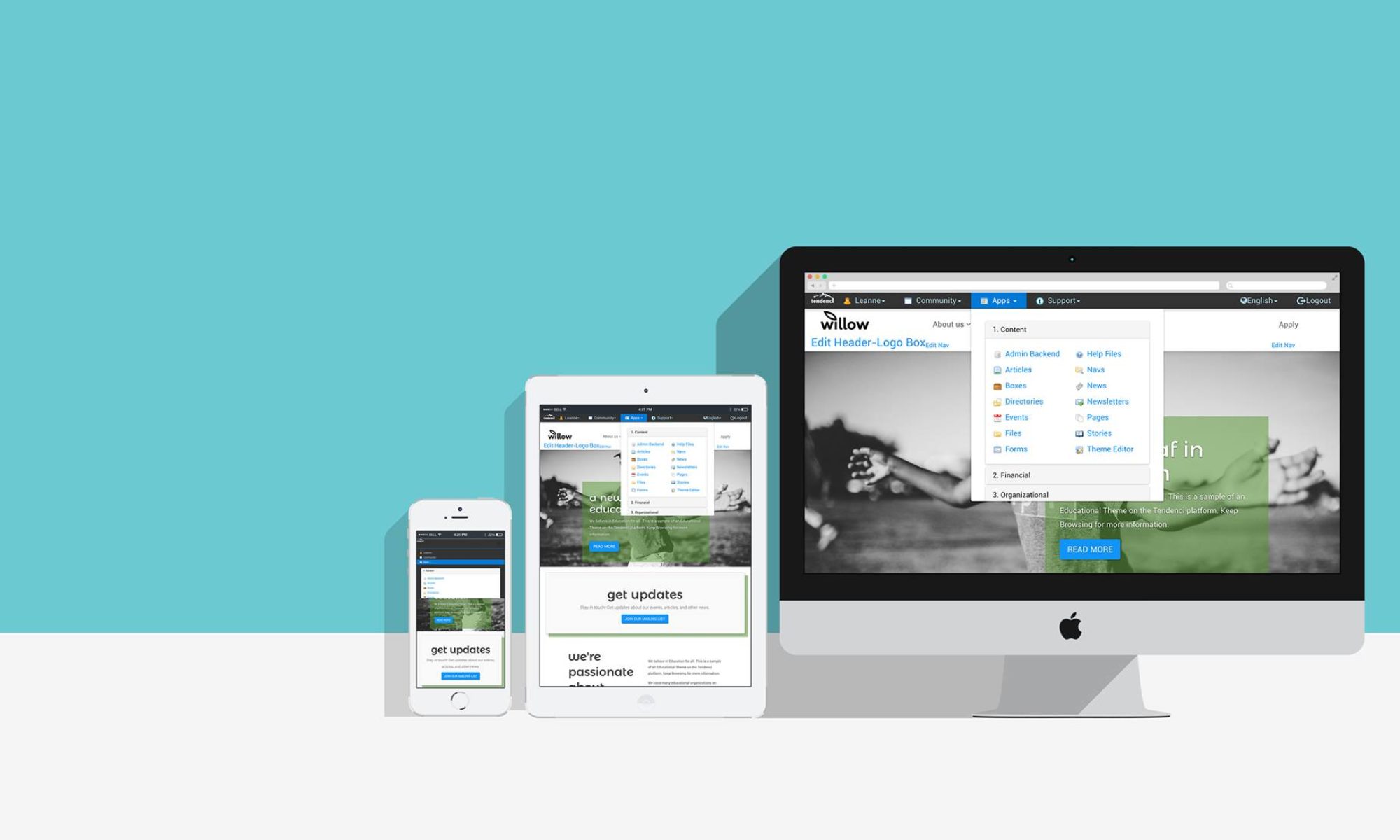“Your brand is what people say it is.”
Scary? Maybe. True? I believe so. No matter who you are, a huge Fortune 500 or a local chain of delis… if you have a brand, people are talking about you. They are posting reviews on Whrrl and Tweeting about your customer service and recommending you (or your competitor) to their Facebook friends. We learned just this week from Mashable that Social Networking was more popular than email in 2008.
Photo via flickr user elizabeth.gebhardt
What can you do? Join the conversation. Create a groundswell.
I recently finished the book Groundswell by Forrester Researchers Charlene Li (@charleneli on Twitter) and Josh Bernoff (@jbernoff on Twitter). The book works through the social trend Forrester has deemed “the Groundswell.” As they put it:
“The Groundswell is the social trend in which people use technology to get the things they need from each other, rather than from traditional institutions like corporations.”
The book focuses on understanding just what the Groundswell is and how to tap into the power of the movement in ways that make sense (qualitatively and quantitatively) for you and your customers. It’s all about harnessing the power of social technologies like blogs, social networks, and YouTube… but it’s not just about the tools, it’s about interacting with customers in new ways – meeting them where they are.
How?
Groundswell goes into a lot of detail on specific strategies, but the following are the general steps for organizations to interact with their customers online:
- Identify your audience
Who are they? How do they act online? There are several levels of online participation and your audience may fall into any of 5 categories: Inactives, Spectators, Joiners, Collectors, Critics, or Creators. This is a fascinating scale Forrester calls the “Social Technographics Profile” that could merit it’s own blog post. Generally, you want to use this profile to verify that your customers are even using social networks. If people love your brand, then move forward! - Create a plan
There are a number of objectives companies can pursue using social tools. Groundswell specifically addresses listening, talking, energizing, supporting, and embracing (think of these as research, marketing, sales, support, and development respectively). - Think through the consequences of your strategy
From legal issues to the effect of the additional responsibility on your employees, consider the effects of your plan before you put it in motion. - Put somebody important in charge of it
It’s important to make your plan a priority. Exactly who the owner is depends on the goals you’re trying to achieve. - Use great care in selecting your technology and partners
Make sure anyone you work with outside of your organization understands you, your customers, and what you’re trying to accomplish.
Why I like this book
The great thing about this book is the qualitative analysis (as if you would expect anything less from Forrester). It’s full of fascinating numbers and charts and data that back up the commentary. It’s often difficult to quantify the benefits of social tools, and Groundswell does a great job sorting out the data.
Another reason I’m a big fan of this book is because it speaks to both those of us who can’t imagine our lives without online social tools, and those who are afraid of what social media means for their business. It’s extremely compelling no matter where you’re coming from.
Pick up the book! And for more on Groundswell, check out the Groundswell blog!


Great post Caitlin! This is such an amazing book with such actionable brain candy – I love the renewed focus on strategic planning for companies using Social Media tools.
So much potential! So many ways to grow! Thanks for the rock solid summary, lady.
I just finished Groundswell as well. I’m interested in whether and how your team is using the Technographics data that’s available at http://www.forrester.com/Groundswell/profile_tool.html. Seems to me that this data is so basic that it really isn’t actionable. It needs a few additional screens such as industry, hobbies, interests — something to provide a sense of what the target cares about. Does your team use this data in its planning and, if so, how?
You’re right, this data is extremely general. As far as how we use it when working on a project, the social technographics tool is a starting point to get us thinking about a new way to analyze a target audience.
We define an audience more specifically than “x demographics with y interests”… we also think about an audience in terms of their online behavior as another dimension. While what Forrester provides gives some general information (the differences between men and women, younger and older generations, etc.), we try to think of it as a beginning, and verify the specifics for ourselves!